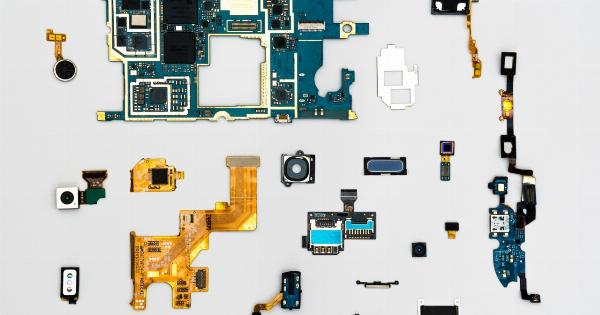Breast cancer is a growing concern for women around the world, with millions of cases being diagnosed every year. Treatment for this disease varies depending on the stage of the cancer and the individual’s overall health.
Surgery is one of the most common methods of treatment for breast cancer. It helps remove the tumor and surrounding tissue, and in some cases, may be followed by chemotherapy or radiation therapy to destroy any remaining cancer cells.
What is Robotic Surgery for Breast Cancer?
Robotic surgery is the latest advancement in surgery technology that uses small instruments that are controlled by a robotic system to perform the surgery.
This method has been widely used in several surgical procedures, including cardiac, urological and gynecological surgeries. Robotic surgery for breast cancer is a minimally invasive surgery that uses robotic technology to remove cancer from the body.
In this procedure, the surgeon operates the robot, which has precise robotic arms that are used to operate the instruments during the surgery.
How does Robotic Surgery for Breast Cancer Work?
Robotic surgery for breast cancer is a minimally invasive procedure that uses surgical robots to remove tumors and surrounding tissues from the breast.
During this procedure, the surgeon uses a specialized console to control the robotic arms, which are equipped with instruments that can remove the breast tissue. The surgeon sits at the console and operates the robot with hand and foot controls, guiding the robotic arms to remove the tumor while viewing a high-definition, 3D view of the surgical site.
The Advantages of Robotic Surgery for Breast Cancer Treatment
There are several benefits to using robotic surgery for breast cancer treatment compared to traditional methods. Some of these benefits include:.
- Less Scarring- Robotic surgery requires incisions that are smaller than those of traditional surgery, resulting in less visible scars post-surgery.
- Minimal Pain- Robotic surgery causes less pain compared to traditional surgery and requires less pain medication post-surgery.
- Minimal Scarring- Robotic surgery leaves minimal scarring compared to traditional surgery. This is because the incisions are much smaller and there is less trauma to the breast tissue.
- Shorter Recovery Time- Patients who undergo robotic surgery for breast cancer typically experience faster recovery than those who undergo traditional surgery. This is because there is less damage to the surrounding tissue and the incisions are much smaller.
- Highly Precise- The robotic arms used in the surgery are highly precise, which means that the surgeon can remove the tumor and surrounding tissue with greater accuracy than traditional surgery.
Who is Eligible for Robotic Surgery for Breast Cancer?
Robotic surgery for breast cancer is generally recommended for women who have been diagnosed with early-stage breast cancer. These are cases where the cancer has not spread to other parts of the body and has not affected the surrounding tissues.
Women with later stages of cancer may benefit from more traditional forms of surgery or may need to undergo chemotherapy or radiation therapy in addition to surgery. The best way to determine eligibility for robotic surgery is to speak with a doctor or oncologist.
What are Some Risks of Robotic Surgery for Breast Cancer?
While robotic surgery for breast cancer is generally considered safe, there are some risks associated with the procedure. These risks include:.
- Infection
- Bleeding
- Nerve Damage
- Complications Resulting from Anesthesia
It is important to remember that every surgery comes with some level of risk. Talk to your doctor about the risks and benefits of robotic surgery for breast cancer to determine whether it is the right option for you.
Conclusion
Breast cancer is a serious disease that needs to be treated as soon as possible.
Robotic surgery for breast cancer is a minimally invasive option that provides multiple benefits to the patient in terms of minimal scarring, minimal pain, and early recovery. While not everyone is eligible for robotic surgery, it is important to talk to your doctor about your options to decide what the best course of action is for you.
Together with your oncologist, you can come up with a plan to tackle your breast cancer and ensure that you are on the road to recovery.



























